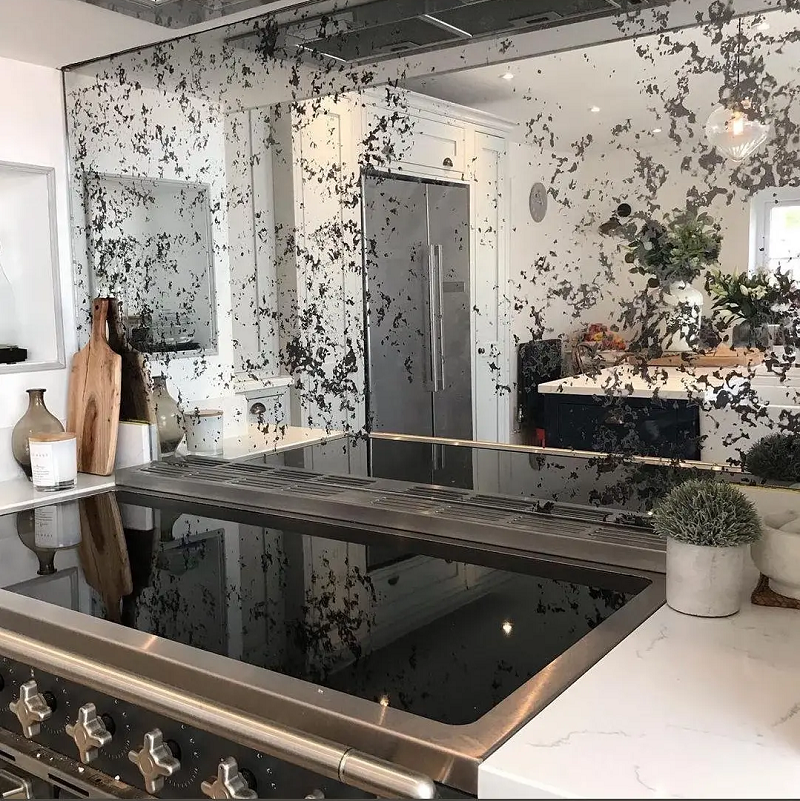Selling Style: How Presentation Shapes Perception in Sales and Design

In both sales and design, presentation is everything. The way a product, service, or space is presented determines how it’s perceived—and ultimately, how it’s valued. Whether you’re selling a luxury kitchen finish or pitching a new concept to a client, presentation builds the bridge between function and desire.
1. Presentation Is the First Sale
Before a word is spoken, your presentation sets the tone.
A well-arranged display or clean digital layout signals professionalism.
Strong visuals and consistent branding establish trust.
In design, the same rule applies: symmetry, lighting, and layout create instant impressions.
People form opinions in seconds. When your product or space looks organized, intentional, and appealing, it communicates quality before the pitch even begins.
2. The Power of Visual Storytelling
Every sale tells a story—and presentation is the narrative tool.
In sales, visuals should lead customers through an experience, not just a product list.
In interior design, colors, finishes, and spatial flow tell a silent story about lifestyle and emotion.
A strong presentation doesn’t just inform; it immerses. It helps the audience imagine themselves in the experience you’re offering.
3. Consistency Builds Confidence
Disjointed presentation undermines credibility. A cohesive look across every touchpoint—from social media visuals to packaging or showroom displays—reinforces identity.
Use uniform design language, color themes, and tone.
Align digital presence with in-person experiences.
Create an emotional rhythm that customers recognize instantly.
When everything looks and feels unified, people perceive value—even before they analyze the product details.
4. Design Thinking in Sales
Successful sales strategies often borrow from design principles: clarity, balance, and user-centered thinking.
Focus on how the customer experiences your presentation, not just the information shared.
Eliminate clutter—both in visuals and in messaging.
Highlight key features through hierarchy and contrast, much like a designer frames focal points in a room.
By designing your pitch or product showcase with intention, you turn presentation into persuasion.
5. Where Perception Meets Performance
Ultimately, great presentation isn’t about decoration—it’s about direction. It guides perception, strengthens credibility, and supports the core value of what’s being sold.
In both sales and design, people don’t just buy products; they buy what those products represent. Presentation defines that representation—making the difference between being noticed and being remembered.
